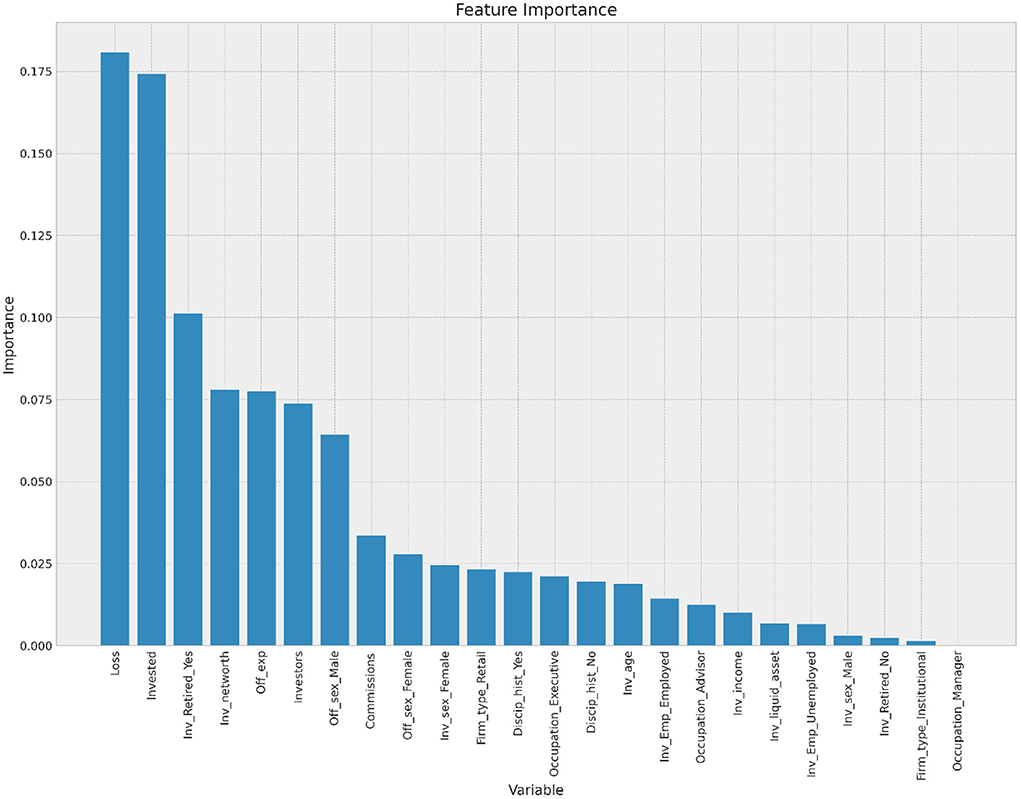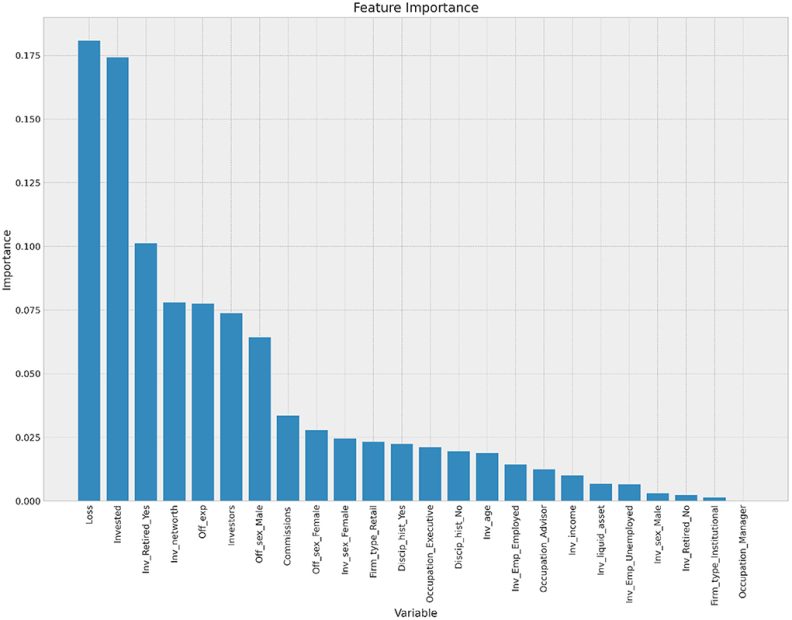
# How to Identify and Steer Clear of Securities and Investment Fraud in California
California’s lively investment scene presents a multitude of opportunities, ranging from real estate to technology ventures. However, amidst these valid options lies the constant threat of securities and investment fraud. Con artists exploit oblivious investors, employing misleading strategies to deceive and misappropriate funds. For anyone contemplating investments, recognizing the warning signs is crucial for safeguarding your financial future. Below, we highlight significant red flags that should raise your alert, assisting you in spotting fraudulent schemes before it’s too late.
—
## Promises of Guaranteed Returns: A Key Warning Sign
One of the most obvious indicators of potential investment fraud is any guarantee of *returns that are assured*. Genuine investments carry inherent risk—securities can vary due to market shifts, economic factors, or company performance. Fraudsters often entice victims with claims of consistent, high returns while downplaying or outright denying associated risks.
For instance, an investment pitch suggesting you can double your money in just six months with “no risk” should instantly cause concern. No reputable financial expert or institution can forecast stable, high profits without the influence of market fluctuations. Even U.S. Treasury bonds, known for their safety, come with some risk, albeit minimal.
### What You Can Do:
1. **Conduct In-Depth Research:** Confirm the investment opportunity’s track record and the qualifications of its management.
2. **Consult Professional Guidance:** Reach out to a licensed financial advisor when considering claims that appear too enticing to be true.
3. **Heed Your Gut Feeling:** If the proposition seems unrealistic or excessively optimistic, it’s wise to disengage.
—
## High-Pressure Sales Strategies: Urgency That Impairs Decision-Making
Con artists often fabricate high-pressure scenarios to compel victims into hasty decisions without allowing sufficient time to evaluate the investment. For example, they might assert, “This offer ends today,” or present the opportunity as exclusive and available to only a privileged few.
This urgency invokes a fear of missing out (FOMO), which can cloud judgment and result in impulsive choices. Fraudsters may also trivialize genuine concerns or provide vague reassurances rather than straightforward responses.
### What You Can Do:
– **Take a Moment to Think:** Legitimate opportunities won’t vanish if you choose to take the time to analyze them carefully.
– **Dodge Negotiating Under Duress:** Allow yourself the necessary time to review documents and seek independent opinions if you feel hurried.
– **Inquire Fully:** Be cautious of any salesperson or organization that is reluctant to openly address your inquiries.
—
## Absence of Transparency: A Sign of Fraud
A lack of willingness or ability to offer clear, detailed information regarding an investment opportunity is a notable warning sign. Authentic investments are backed by transparent disclosures, including performance metrics, management procedures, and explicit terms detailing risks and benefits.
Fraudsters typically evade sharing vital documents, leaving investors uninformed with vague promises in place of factual evidence.
### What You Can Do:
– **Request Documentation:** Ask for written materials, including contracts and performance statistics, ensuring they comprehensively outline the investment.
– **Verify Data:** Utilize regulatory organizations such as the **California Department of Financial Protection and Innovation (DFPI)** or the **Securities and Exchange Commission (SEC)** to validate the authenticity of the offer.
– **Disengage If Information Is Inadequate:** A lack of transparency is a common strategy used to conceal fraud.
—
## Unregistered Investments: Understand the Hazards
In California, all valid securities must be registered with the relevant regulatory bodies. Unregistered investments often bypass this requirement, providing minimal oversight and posing elevated risks for fraud.
Scammers promoting these schemes might attempt to rationalize the absence of registration by asserting that the investment qualifies as a private placement or is exempt from regulations. Frequently, these proposals offer above-average returns to make up for their claimed exclusivity.
### What You Can Do:
1. **Confirm Registration:** Use databases like the SEC’s **EDGAR System** or reach out to California’s DFPI to ensure the investment is officially registered.
2. **Request Licenses:** Check if the broker or promoter is licensed to engage in investment activities.
3. **Exercise Caution:** Unregistered investments often result in significant financial setbacks due to their lack of regulatory scrutiny.
—
## Be Wary of Unverified Investment Proposals
Investment opportunities lacking independent verification—those that have no credible backing—should be approached with utmost caution. Online platforms, unsolicited calls, or emails promoting alluring rewards without substantiated evidence are common examples.
Fraudulent schemes frequently rely on testimonials, falsified data, and convoluted pitches to appear legitimate. These scams thrive in settings where potential investors neglect proper due diligence.
### What You Can Do:
– **Ask for Verification:** Require third-party audits or assessments to substantiate the legitimacy of the claims.
– **Conduct Comprehensive Research:** Investigate the company, the individuals promoting the investment, and any known associations.
– **Remain Alert to FOMO Strategies:** Always allocate the necessary time to conduct your due diligence.
—
## Complicated Strategies and Jargon: Intimidation Through Confusion
